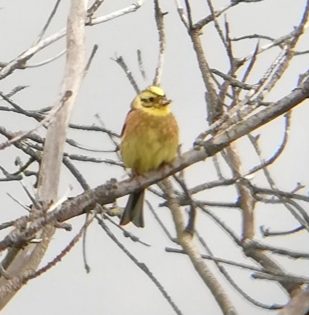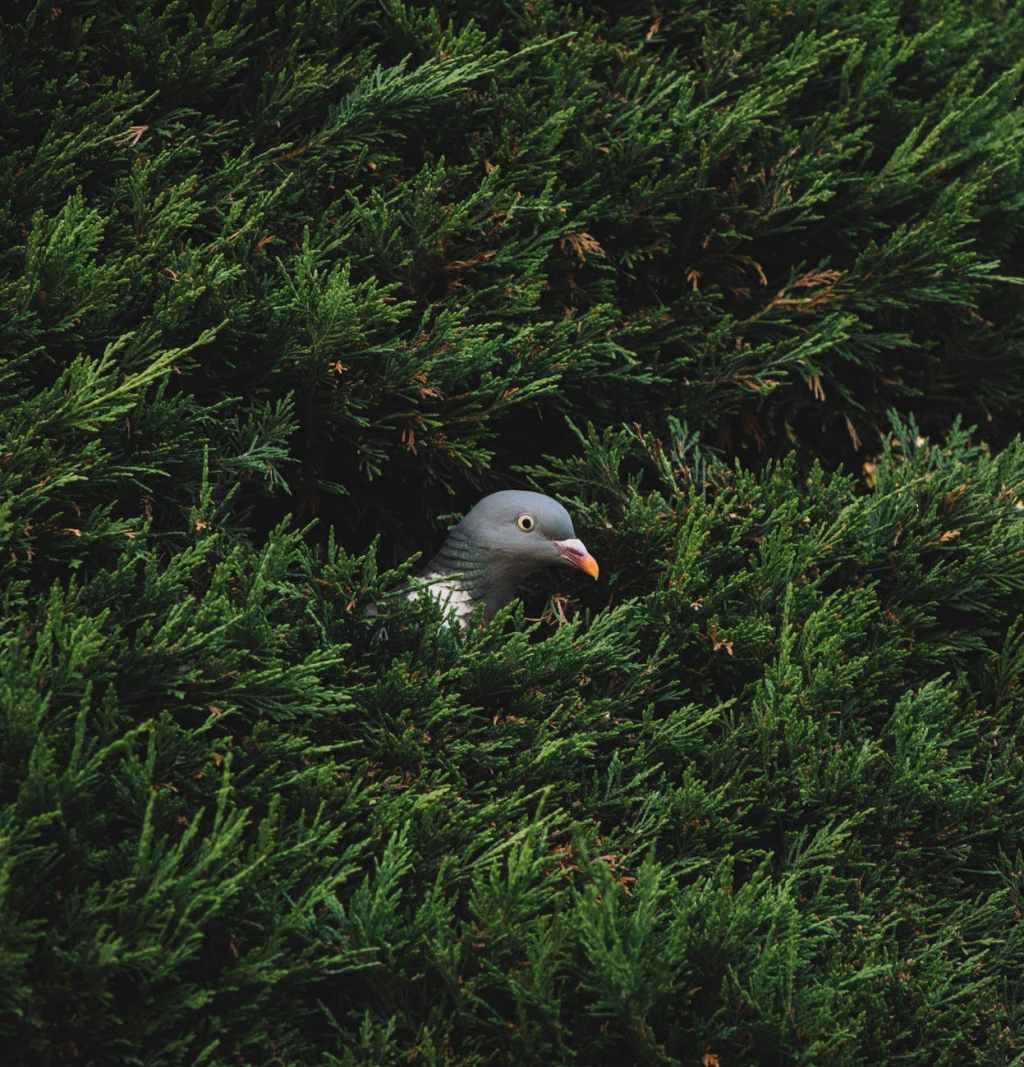My suspicion last week that spring was in the air has been confirmed by the sudden jump in traffic on Oslo’s arrivals board, especially at the coast. At the weekend, I made a trip to Bygdøy, a large, rural peninsula to the south-west of the city that juts out into the fjord and is consequently one the first places in Oslo where many migrants arrive. Greylag Geese are now flying low around the fjord in pairs and small groups, honking triumphantly as if to announce to all and sundry that they made it; they’re back. I was as pleased as the geese to note one of my favourite signs of the changing season, which is the return of a charismatic wader to the skerries that pepper the fjord: Oystercatchers, strikingly black-and-white motormouths with tomato-coloured appendages. Stock Doves have arrived early this year—shy, doe-eyed pigeons with a powdery pink breast that breed in the woods surrounding the small parcels of farmland on Bygdøy. They are often found associating with some larger cousins, who began arriving several weeks ago already and were the original source of my hopes for spring: Woodpigeons.
Woodpigeons do spend the winter in the Oslo area in small numbers—mostly by the coast, where the temperature is slightly more forgiving than further inland—but now they are popping up in ever-increasing quantities. As soon as they start to arrive, it’s hard to remember that Woodpigeons were ever gone. They are suddenly everywhere, doing their flap-flap-flap-dive display flights over Karl Johans gate, the main street in central Oslo, flying past with flicks of their white-banded wings as I trundle to and from weekly commitments, and alighting on the chimney stack on the building opposite the flat. Some may stick around, but many others will be heading further north. This is just the start of a great influx that will see this species become one of the most common sights in parks and farmland in and around Oslo over the best part of the year. This includes Stensparken, where I expect them to be a weekly fixture on my lists from now until the autumn comes around.
Woodpigeons are bulky creatures that often seem fairly ungraceful, not reacting to a perceived threat until the last moment, when they crash, panicked and noisy, out of the tree or bush they think they’re hiding in. It’s a different story once they’re airborne: like their Feral Pigeon cousins, Woodpigeons are masterly, precise flyers. I can’t count the number of times I’ve raised my binoculars in the hope of admiring a distant raptor, only for it to be yet another Woodpigeon, slicing through the air with decisive wingbeats. Not that one should ever be disappointed by a Woodpigeon—the iridescent flashes next to the white patch on the neck are quite beautiful when the light hits right, and the pink breast can darken to a deep burgundy in the height of summer, as if the birds were getting a tan.
Given it’s only the end of February, there aren’t so many in the park yet, and the birds that are here aren’t doing an awful lot other than resting. I don’t blame them—they’re fresh off a migration, or only part of the way through one, so I turn to other species to provide me with some activity. This week, though, I did see my first displaying bird of the year. The male climbs almost impossibly quickly into the sky with a few claps of his wings, then glides vertiginously back down with wings held stiffly out. Woodpigeon is a species I suspect may breed in the park, so I will be paying them particular attention as the days get longer to see if the flaps and dives of this early harbinger of a more optimistic season will lead to new life.
Other tweets of the week…
I must confess to being a grass-is-always-greener kind of birder—it’s all well and good looking at this flock of X, but I think I saw a couple of Y fly up further ahead, and anyway a really rare Z might be hiding just around that bend on the path, so I’d better go and check, just to be sure. No matter how many times I am proven wrong—and I am, of course, (almost) always wrong—I am generally incorrigible. There are exceptions, though, and on Sunday, I forced myself to stay put on Blåsen, the small outcrop at the top of Stensparken with panoramic views over the city, to see what I could spot without scouring the length and breadth of the park. It was a successful exercise, and I saw just as many species as I would normally, with some flyovers that I hadn’t recorded for a few weeks, such as Jackdaw, Fieldfare and Sparrowhawk, being the reward for staying put up high.
Pleasingly, I seem to have managed to will Bullfinch into being my newest patch tick by mentioning it in last week’s blogpost! I heard its characteristic whistling notes from the top of the park on Saturday before the bird responsible—a female—flew right over my head. The bird gods are clearly feeling benevolent at the moment, as this new species comes hot on the heels of last week’s Redpoll, which I also saw again this week. Indeed, my finchy fortunes are generally good, with the odd Brambling still hanging around and male Siskin beginning to sing their hyperactive song. Putting in an order for Two-barred Crossbill for next week, please!
Patch Dispatch: Week 8
80 – Feral Pigeon
2 – Woodpigeon
3 – Collared Dove
26 – Common Gull
6 – Herring Gull
1 – Sparrowhawk
5 – Magpie
1 – Jackdaw
20 – Crow
8 – Blue Tit
15 – Great Tit
1 – Nuthatch
7 – Blackbird
6 – Fieldfare
45 – House Sparrow
8 – Tree Sparrow
1 – Brambling
1 – Bullfinch (new patch tick!)
25 – Greenfinch
3 – Redpoll
1 – Goldfinch
4 – Siskin
(22 species)


Leave a comment